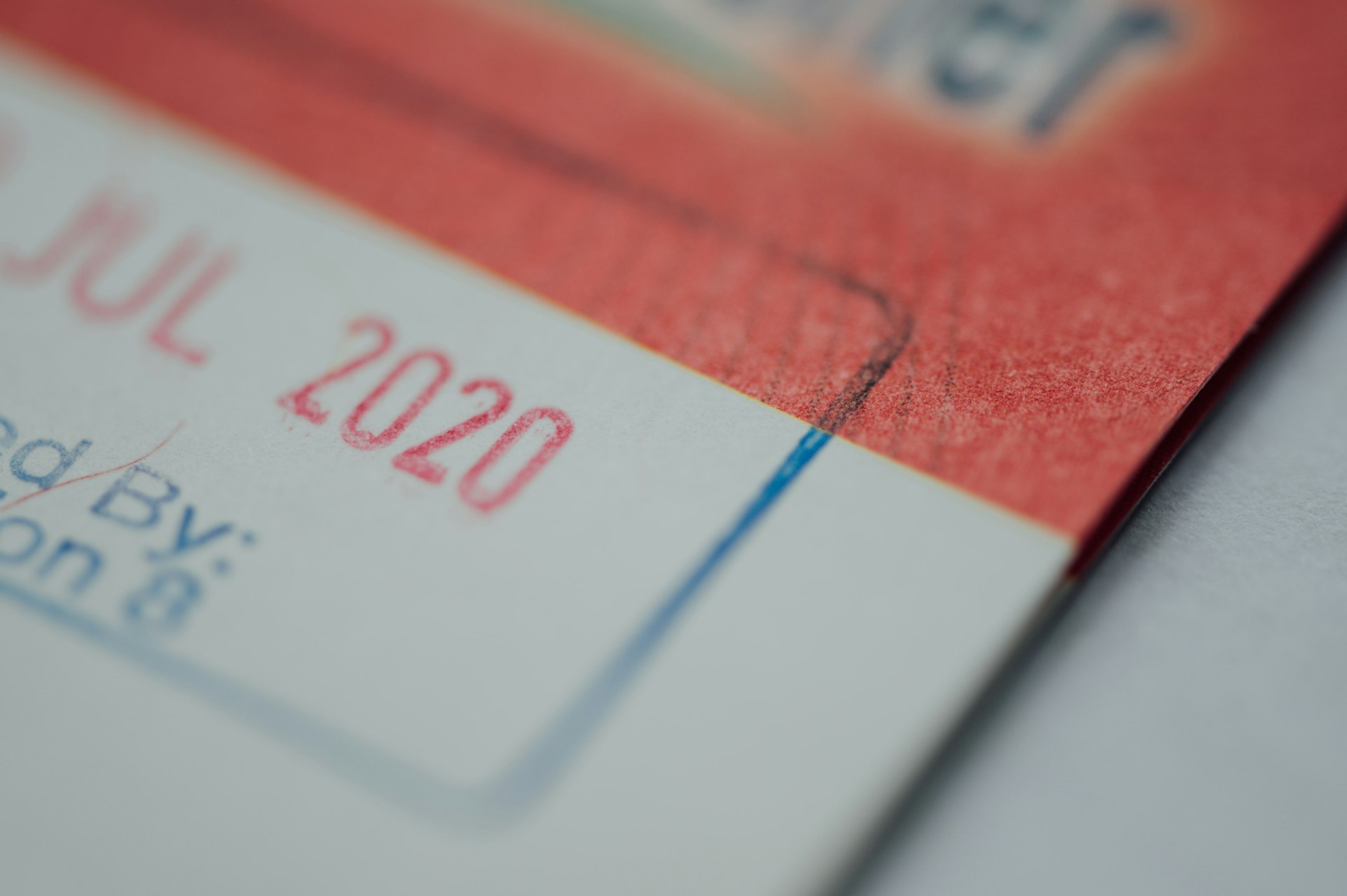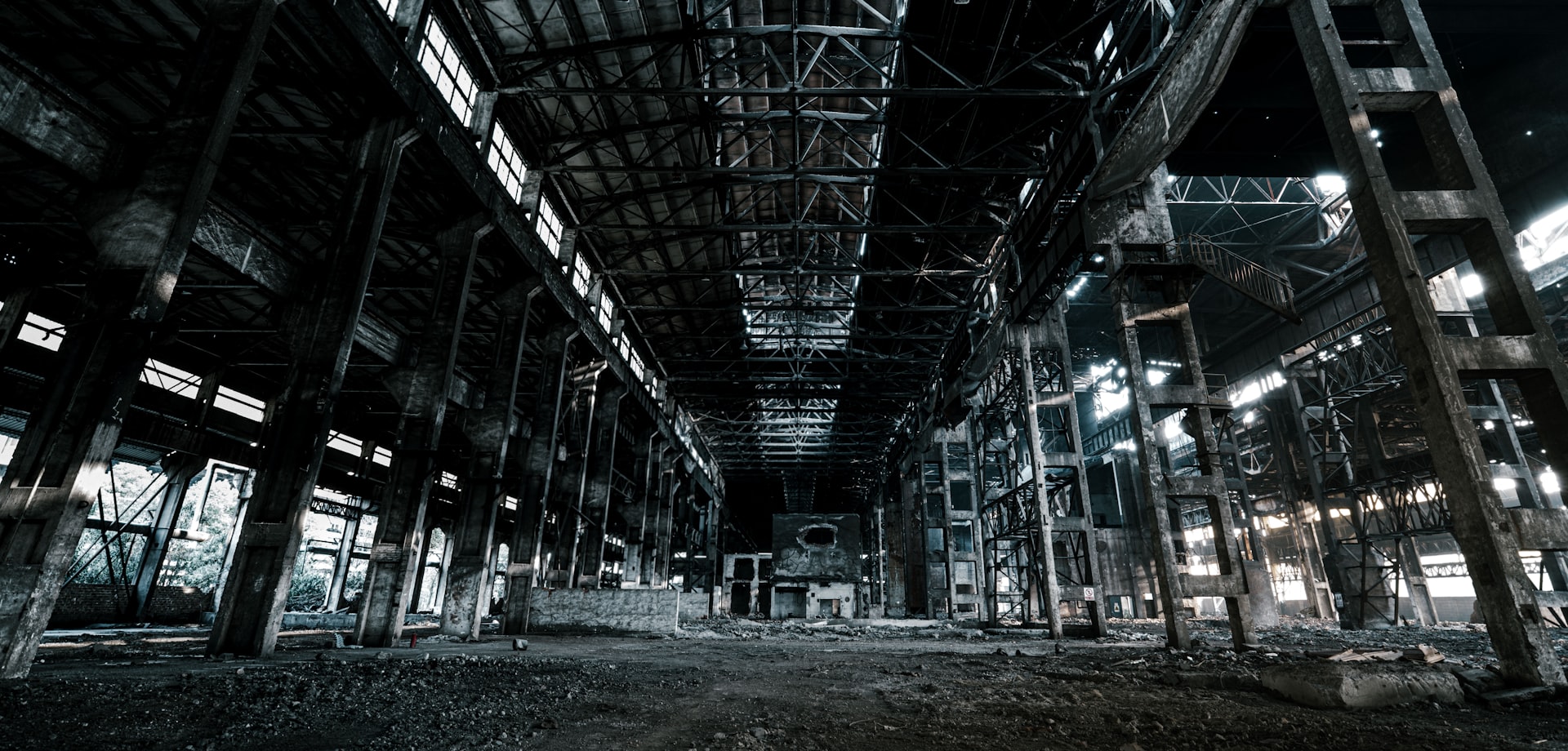Your Guide to Buying Fixer-Upper Properties as Renovation Projects

Photo by Troy Mortier on Unsplash
Introduction
Buying a fixer-upper can be a rewarding way to enter the real estate market, build equity, or create a custom home. These properties, which often require substantial repairs or upgrades, typically sell for less than move-in-ready homes. However, the process comes with unique challenges, from identifying hidden costs to navigating renovation loans and building permits. This comprehensive guide provides actionable steps, real-world examples, and proven strategies to help you evaluate, purchase, and renovate a fixer-upper property successfully.
Understanding Fixer-Upper Properties
Fixer-upper properties are homes that need significant repairs or improvements to reach livable or marketable condition. Buying one can allow you to enter desirable neighborhoods at a lower price point and build equity through renovations. Investors and homebuyers often choose fixer-uppers for:
- Lower purchase prices compared to updated homes
- Potential for sweat equity -increasing value through your own efforts
- Ability to customize spaces to fit personal or market needs
- Opportunity to align with market trends by adding modern amenities
For example, an investor who renovates a property to include energy-efficient features and modern finishes can realize a higher resale value or command premium rents [2] .
Step 1: Searching for the Right Property
Not all fixer-uppers are created equal. The location is critical-proximity to good schools, transit, and amenities can make a major difference in your eventual return on investment or quality of life. Consider whether you plan to flip, rent, or live in the home, as this will affect your renovation scope and priorities.
Look for properties that match your desired level of renovation:
- Cosmetic projects : Paint, flooring, landscaping, basic fixtures
- Structural or system upgrades : Roof, plumbing, HVAC, foundation work
Consult with a real estate agent who specializes in renovation projects to identify areas with strong resale or rental demand [5] .

Photo by Flow Clark on Unsplash
Step 2: Conducting Thorough Inspections
Professional inspections are essential. Hire a qualified inspector to evaluate the property’s structure, roof, foundation, plumbing, electrical systems, and more. Specialized inspections for pests, mold, and engineering reports are wise, especially if you suspect hidden damage or plan major structural changes [1] [5] .
After inspections, create a detailed list of repairs and upgrades needed. Categorize them into:
- Must-do repairs -essential for safety and habitability
- Optional upgrades -cosmetic or value-adding improvements
Prioritize structural and system repairs before addressing cosmetic changes. For example, fix foundation cracks, roof leaks, and outdated electrical wiring before installing new flooring or painting walls [1] .
Step 3: Planning Your Renovation and Budget
Renovation projects can quickly overrun budgets if not planned carefully. Begin by estimating costs for each repair or upgrade, and include a contingency-many experts suggest 10-20% extra for unforeseen expenses [1] .
Decide which projects you can handle yourself and which require licensed professionals. DIY work may save money, but complex plumbing, structural, or electrical jobs should be left to experts to ensure safety and compliance with building codes.
Research local permitting requirements. Many renovations-such as moving walls, rewiring, or changes to plumbing-require permits from city or county offices. If your property is in a homeowners association (HOA), check for additional approval processes. Failing to secure permits can result in fines and complications when selling the property [4] .
Step 4: Financing Your Fixer-Upper
Several financing options exist for buyers planning renovations. Renovation loans let you finance both the purchase and improvements under one mortgage, often at a lower rate than personal loans or credit cards. Common types include:
- FHA 203(k) Loan: Backed by the Federal Housing Administration, these loans allow buyers with lower credit scores to fund a wide range of repairs and upgrades.
- Fannie Mae HomeStyle Loan: Suitable for buyers with higher credit scores, this option allows for nearly any improvement, including luxury features.
- Freddie Mac CHOICERenovation Loan: Offers a low down payment and combines purchase and renovation costs.
- VA Renovation Loan: Available to eligible veterans, though options may be limited and require VA-approved contractors.
Each loan type has unique eligibility criteria, down payment requirements, and project restrictions. Speak with a mortgage professional or lender who specializes in renovation loans to determine which option fits your needs. For more information, you can search for ‘FHA 203(k) Loan’ or visit the official FHA website for details [3] [5] .
Step 5: Executing the Renovation
Once financing is in place and permits are secured, create a renovation timeline. Address safety and structural issues first, followed by upgrades to plumbing, electrical, and HVAC systems. Cosmetic improvements, such as painting and landscaping, should come last. Document progress and keep detailed records of all expenses and permits-this will be essential if you plan to sell or refinance the property later.
Energy-efficient upgrades, like new insulation, windows, or appliances, not only reduce long-term utility costs but also increase the home’s appeal for future buyers or renters. Consult with contractors about rebates or tax incentives available for green renovations in your area [1] .
Potential Challenges and Solutions
Renovating a fixer-upper can be complex. Common challenges include:
- Unexpected structural issues discovered during renovation-build in extra time and budget for surprises.
- Permit delays -start applications early and maintain clear communication with local offices.
- Contractor scheduling conflicts -interview multiple contractors and request references before hiring.
- Financing hiccups -maintain good credit and provide lenders with thorough documentation.
Alternative approaches include phased renovations (spreading out projects over time) or focusing only on high-ROI improvements if your budget is limited. In some cases, partnering with investors or applying for local housing grants may be possible; check with your city’s housing department for available programs.
Accessing Resources and Next Steps
To get started, consider the following steps:
- Research local real estate agents with experience in fixer-upper transactions.
- Request referrals for reputable inspectors and contractors from friends, family, or your agent.
- Contact your city or county permitting office to learn about renovation requirements and timelines.
- Speak with a mortgage lender about renovation loan options.
- Search for ‘FHA 203(k) loan’, ‘HomeStyle Renovation mortgage’, or ‘Freddie Mac CHOICERenovation’ for lender and program details.
- Document your renovation plan, timeline, and budget before making an offer.
If you need help locating professionals or understanding your financing options, you can:
- Contact your state or local housing authority for available buyer assistance programs.
- Search for ‘HUD-approved housing counselors’ for free advice and support.
- Visit established real estate platforms or lender websites for verified lender and contractor directories.
Careful planning, professional guidance, and realistic budgeting will help you unlock the full potential of your fixer-upper project.
References
- [1] Tim Trevathan Homes (2024). The Ultimate Checklist for Buying a Fixer Upper.
- [2] Renters Warehouse (2024). Guide to Buying a Fixer-Upper as an Investment Property.
- [3] NerdWallet (2025). Fixer-Upper Houses: What Home Shoppers Should Know.
- [4] Ambient Building Products (2021). A Guide to Remodeling a Fixer-Upper | Part 1.
- [5] Windermere Real Estate (2024). Buying a Fixer-Upper.
MORE FROM discountdiscover.com













